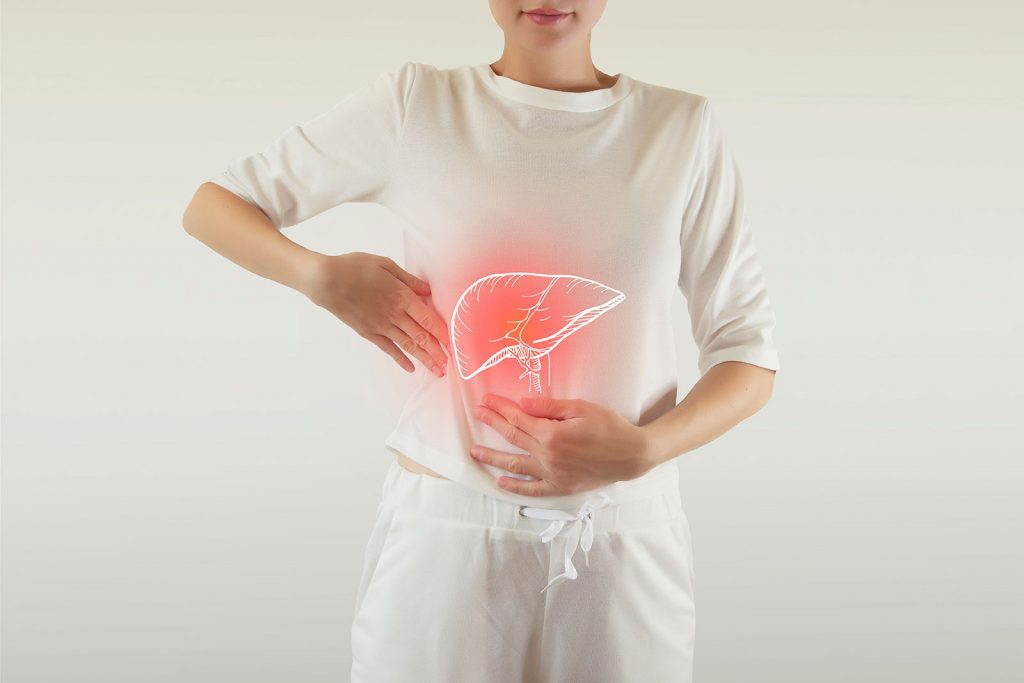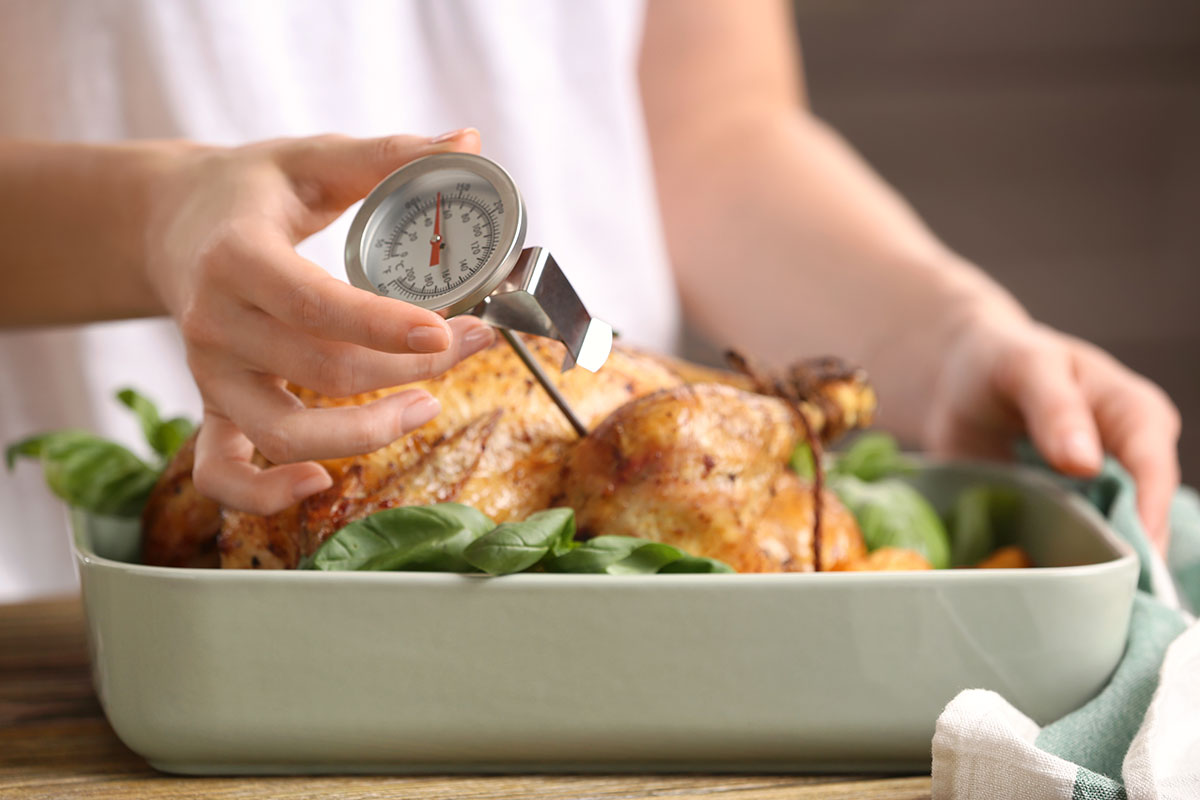Communicable Disease Profiles
Environmental Health Service’s Communicable Disease Profiles puts the spotlight on various communicable diseases each month to raise awareness about the prevention of foodborne, waterborne, and vector-borne diseases. Be sure to check back for our next update!
Disease Spotlight
Coronavirus (COVID-19) Guidance
On June 15, California retired the Blueprint for a Safer Economy and as such businesses are operating as normal with no capacity limits or physical distancing required. Employers are subject to the Cal/OSHA COVID-19 Prevention Emergency Temporary Standards (ETS), if applicable to them. All business owners and operators should be familiar with the most recent Cal/OSHA guidance. Should you have any questions, call or text San Bernardino County Environmental Health Services at 1-800-442-2283. For more information about the novel coronavirus crisis, visit the County’s coronavirus website at SBCOVID19.com. We hope you, your family and staff remain safe and healthy.
For State COVID-19 updates and guidance regarding face coverings, workplace safety, vaccinations, and other information regarding Safely Reopening California, please visit COVID19.ca.gov.
Organized Camps
The California Department of Public Health (CDPH) released Guidance for Overnight Camps in an effort to help overnight youth and family camps plan for a safe re-opening starting June 1, 2021. This document includes information on CDPH’s Guidance for Fully Vaccinated Persons along with recommendations to follow if staff and attendees are not fully vaccinated.
The newly released guidance from CDPH is in addition to the established requirements found in the California Health and Safety Code and the California Code of Regulations that your organization submits to Environmental Health Services yearly. The following resources are available to your organization as you prepare to reopen.
- Environmental Health Services (EHS) – Helpful Tips and Resources
- California Department of Public Health (CDPH) – Guidance for Overnight Camps
- American Camp Association (ACA) – Field Guide for Camps on Implementation of CDC Guidance

Restaurants Re-Opening
- San Bernardino Safe Dining Posters – Print and display these posters at all entrances to the facility.
- San Bernardino Safe Dining Posters- Español
- San Bernardino Guidance – Re-Opening After an Extended Closure – Review guidance if your facility has been closed for an extended period of time.
- San Bernardino Guidance – Re-Opening After an Extended Closure- Español
- State Guidance for Dine-in Restaurants – Review guidance for additional measures that can be implemented to protect against COVID-19.
- State Checklist for Dine-in Restaurants – Guidance checklist to help you with re-opening.
- COVID-19 Guidelines for Disinfection
- COVID-19 Guidelines for Disinfection- Español
- COVID-19 What to do if you are sick
- COVID-19 Best Practices for Food Facilities
- COVID-19 Best Practices for Food Facilities- Español

Disinfection Guidelines for Hepatitis A
Hepatitis A is a highly contagious virus that spreads by consuming fecal matter or blood of an infected person from contact with contaminated objects, food or drinks. The virus can remain infectious after one month on surfaces. For steps on how to clean and disinfect surface areas, read the disinfection instructions.
Foodborne Illness Complaints
An outbreak of foodborne illness occurs when a group of people consume the same contaminated food and two or more of them become sick with the same illness. It may be a group of people that ate a meal together somewhere, or it may be a group of people who all happened to buy and eat the same contaminated item from a grocery store or restaurant. Symptoms from a foodborne illness can occur between several hours and one week after eating contaminated foods. For an outbreak to occur, something must have happened to contaminate a batch of food that was eaten by a group of people. There are several causes of foodborne outbreaks. For example, a contaminated food may be left out of room temperature for many hours, allowing the bacteria to multiply to high numbers, and then be insufficiently cooked to kill the bacteria.
If you suspect that you have a food-related illness, please let us know by calling or texting 1 (800) 442-2283 or by submitting a complaint online. We encourage you to report any potential food related to your illness. These reports allow us to investigate potential outbreaks. Often, calls from concerned citizens are how outbreaks are first detected. If a public health official contacts you to find out more about an illness you had, your cooperation is important. In public health investigations, it can be as important to talk to healthy people as to ill people. This cooperation may be needed even if you are not ill.
How To Prevent Foodborne Illness
Wash produce. Rinse fresh fruits and vegetables in running tap water to remove visible dirt and grime. Remove and discard the outermost leaves of a head of lettuce or cabbage. Because bacteria can grow well on the cut surface of fruit or vegetable, be careful not to contaminate these foods while slicing them up on the cutting board, and avoid leaving cut produce at room temperature for many hours. Don’t be a source of foodborne illness yourself. Wash your hands with soap and water before preparing food. Avoid preparing food for others if you yourself have a diarrheal illness. Changing a baby’s diaper while preparing food is a bad idea that can easily spread illness.
Don’t cross-contaminate one food with another. Avoid cross-contaminating foods by washing hands, utensils, and cutting boards after they have been in contact with raw meat or poultry and before they touch another food. Put cooked meat on a clean platter, rather than back on one that held the raw meat.
Cook meat, poultry, and eggs thoroughly. Using a thermometer to measure the internal temperature of meat is a good way to be sure that it is cooked sufficiently to kill bacteria: 145°F for whole meats (allowing the meat to rest for 3 minutes before carving or consuming), 158°F for ground meats, and 165°F for all poultry. Eggs should be cooked until the yolk is firm.
Refrigerate leftovers promptly. Bacteria can grow quickly at room temperature, so refrigerate leftover foods if they are not going to be eaten within 4 hours. Large volumes of food will cool more quickly if they are divided into several shallow containers for refrigeration.



